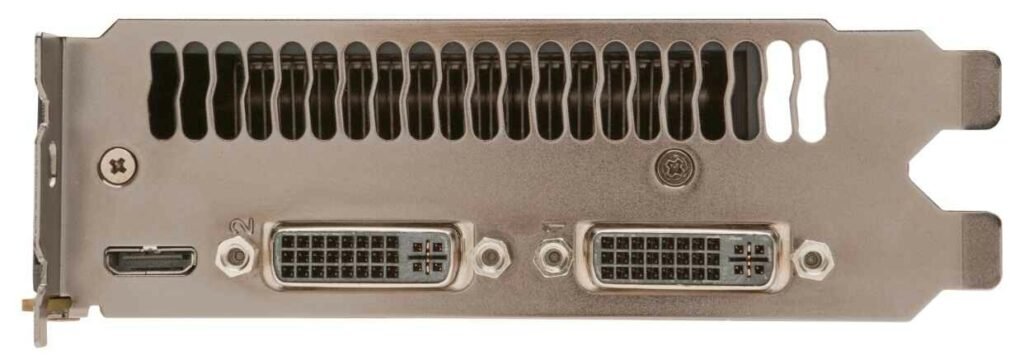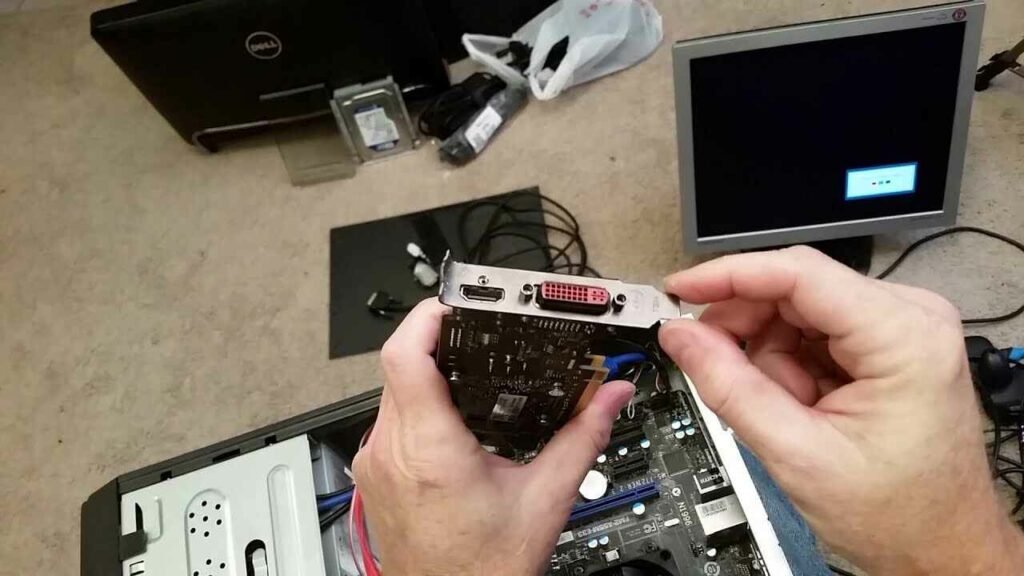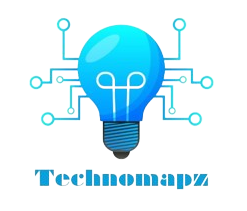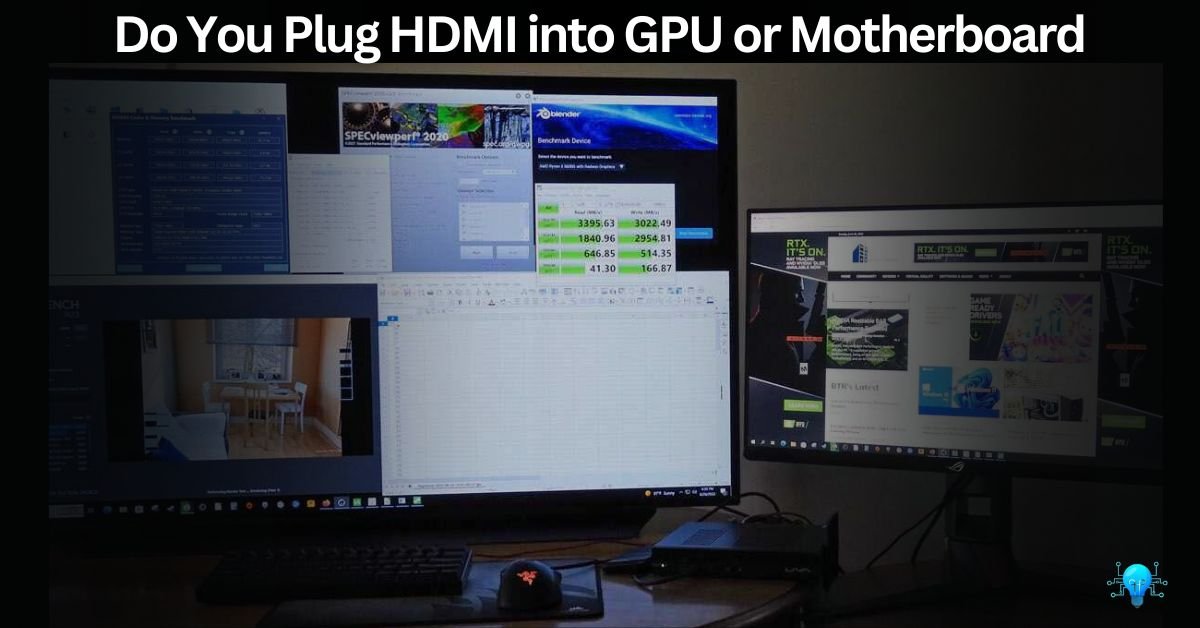A few days ago when setting up my computer, I wasn’t sure if I should plug the HDMI into the GPU or the motherboard. I chose the GPU, and my games started to run much better.
So, For the best graphics, plug your HDMI into the GPU, not the motherboard. Use the motherboard’s HDMI only if you don’t have a separate graphics card. This makes your games and videos look much better.
Stay tuned with us! We’ll explain the differences and help you get the best picture and performance from your setup. Don’t miss our simple tips and advice!
A Brief Look Into HDMI – Simplify Audio And Video Connections!
If you are unaware of this term then take a look here that, HDMI stands for High-Definition Multimedia Interface. It’s a standardized technology for transmitting high-quality audio and video signals between devices, like computers, TVs, and gaming consoles, using a single cable.
HDMI cables can carry digital audio and video signals, supporting high-definition resolutions and multi-channel audio formats. They’re commonly used to connect devices to displays, providing a seamless and high-quality viewing experience.
Do You Know? How Much GPU Utilization Is Normal? – Do This Rightly!
GPU HDMI Port VS Motherboard HDMI Port:
GPU HDMI Port:
The HDMI port on your GPU is specifically designed for graphics output. It’s connected directly to the graphics processing unit, allowing for high-quality video and audio transmission. This port is ideal for connecting your PC to a monitor, TV, or other display devices. If you want to know more about the advantages and limitations of having only one HDMI port on your GPU, you can read this informative article My GPU Only Has 1 HDMI Port.

Motherboard HDMI Port:
The HDMI port on your motherboard is typically connected to the integrated graphics processor (IGP) or the chipset. This port is intended for general use, such as connecting to a monitor or projector for non-graphic-intensive activities like web browsing or office work.

Should You Plug HDMI Into The GPU Or Motherboard?
The answer largely depends on whether your system has a dedicated graphics card (GPU) or relies on integrated graphics from the motherboard.
GPU:
If your computer is equipped with a dedicated GPU, such as an NVIDIA GeForce or AMD Radeon card, it’s advisable to plug the HDMI cable directly into one of the HDMI ports on the graphics card itself.
By doing so, you leverage the processing power of the GPU for graphics output, ensuring optimal performance, especially in gaming and other graphics-intensive applications. If you’re wondering about GPU clock speed, check out This informative article “What Is A Good GPU Clock Speed Mhz.
Motherboard:
On the other hand, if your PC relies solely on integrated graphics provided by the motherboard, then you should connect the HDMI cable to one of the HDMI ports on the motherboard. Integrated graphics are suitable for everyday computing tasks like web browsing, document editing, and multimedia playback.
However, they may not offer the same level of performance as dedicated graphics cards, particularly in demanding applications or high-resolution gaming. For more insights and discussions on this topic, you can visit this Quora thread: Should I use an HDMI from a motherboard or GPU?
How Do I Connect My Motherboard HDMI To My Display Device – A Quick Guide!
- Locate the HDMI port on your motherboard (usually labelled “HDMI” or “HDMI OUT”).
- Connect one end of an HDMI cable to the motherboard HDMI port.
- Connect the other end of the HDMI cable to your display device (monitor, TV, or projector).
- Ensure the HDMI cable is securely connected to both the motherboard and the display device.
- Turn on your PC and display device.
- Select the correct input on your display device (usually labelled “HDMI 1” or “HDMI 2”).
Note: If you have some common issues with your Motherboard HDMI, such as no signal, low resolution or display problems, and no sound Here are some troubleshooting tips that help you a lot, check your BIOS settings to ensure the motherboard HDMI is set as the default graphics device.
Check the HDMI cable connections, try a different cable or port, update graphics drivers, and select HDMI audio output as the default device in sound settings.
Must Check: Torch Is Not Able To Use GPU – A Troubleshooting Guide!
Connecting And Using Gpu HDMI – Step By Step Guide!
- Ensure your GPU has an HDMI port (not all GPUs have HDMI).
- Connect one end of an HDMI cable to the GPU HDMI port.
- Connect the other end to your display device (monitor, TV, or projector).
- Install the latest GPU drivers from the manufacturer’s website.
- Set the GPU as the primary graphics device in your BIOS settings (if necessary).
- Configure your display settings to use the GPU HDMI output.
And in case If you’re using a separate graphics card, ensure it’s properly installed and seated in the PCIe slot.
Don’t Forget To Explore: Is Rust A CPU or GPU Game – A Bound Game!
Switching Between Motherboard HDMI And GPU HDMI:
You can switch between using your Motherboard HDMI and GPU HDMI by:
1. Connecting the HDMI cable to the desired port (Motherboard HDMI or GPU HDMI)
2. Setting the preferred graphics device in your computer’s display settings or BIOS
3. Ensuring the correct input is selected on your display device (e.g., HDMI 1 or HDMI 2)
After that, You may need to restart your computer or adjust additional settings to complete the switch.
What Factors Influence The Choice Between Using Motherboard HDMI Or GPU HDMI?
When deciding whether to use motherboard HDMI or GPU HDMI, several factors come into play. Here are some key considerations to help you make an informed decision:
Graphics Performance Needs: Determine the level of graphics performance required for your tasks. If you engage in gaming, video editing, or other graphics-intensive activities, GPU HDMI may be preferable for its enhanced performance capabilities.
Hardware Configuration: Assess your computer’s hardware configuration. If you have a dedicated graphics card installed, utilizing its HDMI port can leverage its superior graphics processing power. However, if your system relies solely on integrated graphics from the motherboard, you’ll need to use the motherboard’s HDMI port.
Display Compatibility: Consider the compatibility of your display device. Ensure that your monitor or TV supports HDMI input and choose the HDMI connection that aligns with its specifications.
Cost Considerations: Estimate your budget and cost considerations. Using the motherboard’s HDMI port eliminates the need for a separate graphics card, making it a cost-effective option for basic computing tasks.
Future Upgradability: Think about your future upgrade options. If you anticipate the need for higher graphics performance in the future, investing in a dedicated graphics card and utilizing GPU HDMI may provide more flexibility and scalability.
User Preferences: Take into account your personal preferences and usage habits. Some users may prioritize convenience and simplicity, while others may prioritize performance and customization options.
By considering these factors, you can determine whether to use motherboard HDMI or GPU HDMI based on your specific needs and preferences. Whether you prioritize graphics performance, cost-effectiveness, or future upgradability, choosing the right HDMI connection can enhance your overall computing experience. If You Want to know which GPU is similar to the PS4’s graphics power? Check out What GPU Is Equivalent to PS4 to learn more!
Frequently Asked Questions:
1. Is it possible to use both motherboard HDMI and GPU HDMI At the Same Time?
Generally, modern computers don’t support using both motherboard HDMI and GPU HDMI simultaneously due to technical limitations. You typically have to choose one output source at a time.
2. Does the HDMI cable connect to the GPU?
Yes, if your computer has a graphics card (GPU), connect the HDMI cable to it. This makes your graphics better, especially for games and videos. The GPU is stronger than the basic graphics from the motherboard.”
3. Do all GPUs have HDMI ports?
While HDMI ports are common on most modern dedicated graphics cards (GPUs), not all GPUs have them. Some older or specialized GPUs may feature different types of video output ports, such as DisplayPort or DVI.
4. Can I upgrade from motherboard HDMI to GPU HDMI later?
Yes, you can upgrade from using motherboard HDMI to GPU HDMI by installing a dedicated graphics card in your computer. This allows you to enjoy enhanced graphics performance and features that come with GPU HDMI.
5. Will using GPU HDMI drain more power from my computer?
Yes, utilizing GPU HDMI may result in slightly higher power consumption compared to motherboard HDMI, as dedicated graphics cards require additional power to operate. However, the difference in power consumption is generally minimal for typical usage scenarios.
Conclusion:
For the best graphics, plug your HDMI into the GPU. If you’re using integrated graphics from the motherboard, it’s okay to use the motherboard’s HDMI port for basic tasks. Choose based on your computer’s setup and what you want to do with it.

